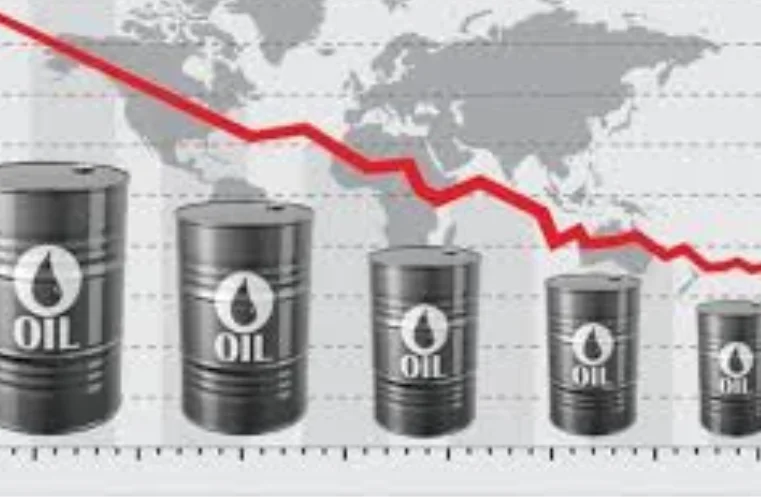Islamabad, Mar 6, 2025: Brent crude oil prices dropped below $68 per barrel on Thursday, marking the lowest level in nearly three and a half years.
This sharp decline is driven by the intensifying trade conflict between the United States and China, coupled with uncertainty surrounding potential output increases by OPEC+ from next month.
As per market insights from Arif Habib Limited, Brent crude has plummeted to a 3.5-year low of $68.85 per barrel, a rate last observed in August 2021.
The primary reasons for this downturn include China’s decision to enforce retaliatory sanctions from March 10, 2025, escalating trade tensions that threaten economic stability.
Additionally, speculation over OPEC+ boosting oil production from April 2025 has added to concerns, further dampening market sentiment.
These trade disruptions will likely slow global economic growth, causing a decline in energy consumption.
Read More:
SECP Approval Now Mandatory for CEO Appointments, Renewals, and Terminations
The ongoing uncertainty is pressuring investors, causing fluctuations in commodity markets, including crude oil.
Market analysts predict continued instability in oil prices, largely due to a sluggish global economy and weakening energy demand, especially from China.
Given China’s significant role in global oil consumption, any downturn in its economic performance can exert downward pressure on crude oil prices worldwide.
Looking ahead, traders and investors remain cautious about future price movements.
If the trade conflict persists and OPEC+ proceeds with increasing supply, the likelihood of oil prices stabilizing remains uncertain.
However, any positive developments, such as trade negotiations or supply control measures, could help in mitigating losses and restoring market confidence.
As the energy sector navigates through this volatile phase, market participants will closely monitor geopolitical events, economic indicators, and policy decisions by major oil-producing nations.
The coming months will be crucial in determining the direction of global oil prices and overall market stability.
